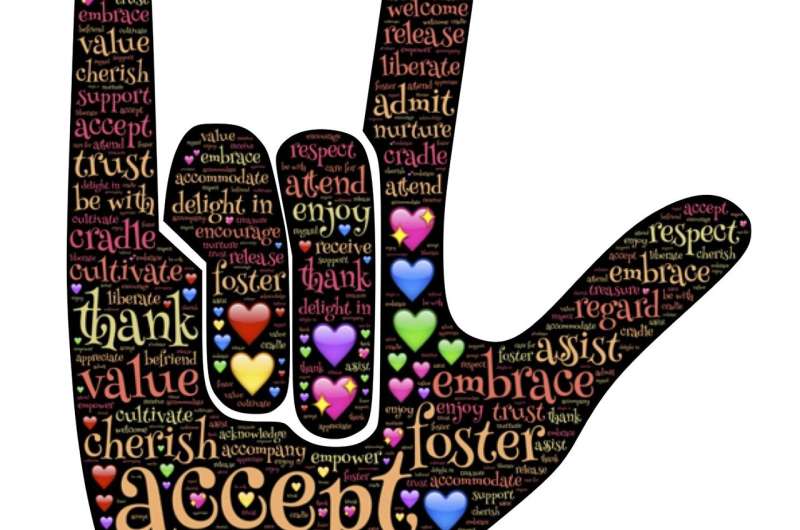
Q: I’ve heard about teaching sign language to babies before they can speak. How do I try this with my baby?
A: Baby sign language is a trend that seems to have real staying power. Signing with babies is based on the simple observation that children can be taught to use their hands to “talk” long before their mouths can catch up.
From what we’ve seen with our own children and others (including in Laura’s educational child care center), infant sign language really does deliver on its promise of improved communication. This is particularly appealing for new parents, given that there’s a well-recognized gap between what babies and toddlers want to say and what they are capable of saying.
It only makes sense that young children who lack the verbal skills necessary to say what they want, feel, or need experience frustration, especially in the period between 8 or 9 months (when babies start to really know what it is they want) and 18 to 24 months (when they typically start to speak their mind). If basic sign language can help babies use their hands to better express themselves at as early as 8 or 9 months, it can mean the bridging of this otherwise months-long communication gap.
Signing with babies can also offer an opportunity for plenty of positive interaction, and anything that increases parent-baby bonding is a good thing in our book. One creative idea we love: Start adding signs to popular baby songs, such as “Twinkle, Twinkle Little Star” and “Old MacDonald Had a Farm.”
There’s nothing wrong with teaching young children to “recite” the ABCs of sign language, but the most useful signs, especially for infants and toddlers, are going to be those that convey more than just the letters of the alphabet. Signs you’ll want to start with are those that are the most meaningful or serve to describe the things your baby most often sees, does, or wants.
Start with these and you’re sure to get the conversation going: airplane, baby, ball, bird, blanket, book, cat, cup, cold, daddy, diaper, dog, done, drink, eat, go, good night, happy, help, hot, hurt, I love you, milk, mommy, more, nap, no, outside, please, sit, sleep, star, thank you, up, water. There are lots of videos and primers online to help you with signs to go with these words. Just Google “baby sign language” and you’ll find lots of help.
It’s easy to see why so many parents swear by baby signing, why many child care centers include it in their infant and toddler classrooms, and why it has become so commonplace as an activity of daily learning. Here are some big-picture tips to get you started:
— Be patient: The baby-signing trend is based on the observation that babies taught simple signs at 6 or 7 months of age could begin using them to communicate as early as 8 or 9 months. While there’s no reason you have to wait until your baby turns 6 months to get started, we encourage you to be realistic in your expectations for any true signs of success.
— Speak up: Be sure you don’t cut back on the amount of time you spend talking with your baby. As long as signing does not take the place of speaking, it won’t get in the way of your baby’s learning to talk with their words as well as their hands.
— Make it a habit: As with much of the learning your baby will be doing, repetition is key. For a better shot at success, make signing a daily habit and use the same signs each time for what is being conveyed. Tapping your fingers on your lips could convey “eat,” for instance. Bringing the fingertips of both hands together can signal “more.” Be sure to be consistent with your signs.
— Sign what you see: Use signs to describe routine activities and common objects that make up your baby’s world as they happen.
— Don’t be heavy-handed: Don’t worry if your baby doesn’t get the signs quite right or doesn’t pick them up immediately. Remember the goal here is to have fun communicating and to lessen frustration, not add to it.
— Share your signs: Be sure you share your signs with your baby’s other caregivers so that everyone can join in and understand the conversation once your baby begins to sign. And if your baby’s child care provider is going to be the one teaching your baby sign language, be sure to ask for a quick tutorial so you will understand what your baby wants when they start signing to you.
Laura Jana and Dr. Jennifer Shu

